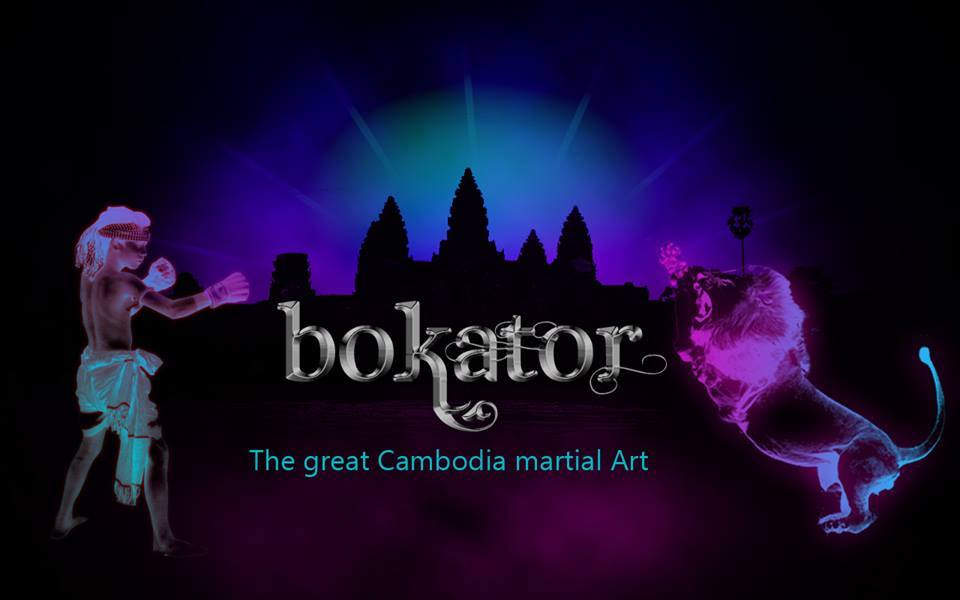The Latchford Collection #10:
You may have seen my mention of the 2004 luxury publication called Adoration and Glory: The Golden Age of Khmer Art, which was self-published by Douglas Latchford and co-authored with Emma Bunker. In its 520 lavishly-illustrated pages, it included 360 photographs of artifacts, with several never-before-seen works of great quality, though offered up a distinct absence of information on the provenance of the artworks. Two thirds of the catalogue’s masterpieces were from private collections. Experts Pierre Baptiste and Thierry Zéphir saw the book as useful for specialists and to highlight previously unrevealed Khmer art pieces, but expressed a few concerns such as the inclusion of a Ganesha sculpture, which they felt raised many questions. We now know the Ganesha was looted from Prasat Bak at Koh Ker. This book remains a go-to reference resource for many scholars and students alike, but it’s only in recent years that we have come to understand that it was also an inventory of Latchford’s personal hoard of sculptures, whether housed in his London or Bangkok homes, or sold to private collectors or museums around the world for millions of dollars. Of the series of photographs I’m posting that were taken in his London home in 2014 and 2015, more than half of the art pieces feature in Adoration and Glory, or the two other books he published with Bunker, namely Khmer Bronzes and Khmer Gold. The British dealer began collecting Khmer art in the 1960s and discretely masterminded the pillage of Cambodia’s sacred temples and subsequent distribution of thousands of Khmer artworks in stone or bronze, until his death in 2020. Some of those masterpieces are trickling back to Cambodia but far too many remain unaccounted for in the secretive world of looted antiquities.
One of the outstanding sculptures from the book and Latchford’s personal collection is this impressive Harihara, again with minimal provenance, though dated to the early 8th century. The description provided in the catalogue is detailed below and highlights the combination of two gods, Vishnu and Shiva, into one comprehensive divinity, who is often represented in the pre-Angkor era, but rarely afterwards. The body form of the statue is slim though his strength lies in his four muscular arms complete with attributes, the remaining supporting arch and his elongated miter above an expressive face. The loss of his feet and base detract only marginally from the overall impression of an exceptional sculpture. Where Latchford has enhanced the artwork for his own purpose, is by adding a gold body-chain, a thick gold necklace with precious gem pendant, earrings and thick bracelet. I believe these decorative items were among the hoard of gold jewelry that was returned to Cambodia earlier this year by Latchford’s daughter. The description of Harihara in the Adoration and Glory catalogue, is as follows:
Harihara is shown here with four arms standing with one leg slightly forward. The remains of a supporting arch surround the upper portion of the figure, but the lower portion of the arch, the feet and the base are missing. The image is said to come from Kompong Thom in central Cambodia. The present sculpture is an impressive image of Harihara, the conjoined image of Hari (Vishnu) and Hara (Shiva), a major deity during the seventh and eighth centuries in Cambodia. The deity’s dual personality was able to reconcile the religious differences that prevailed in early Cambodia between the followers of the two rival Hindu cults of Vishnu and Shiva. The deity is portrayed as a handsome elite Khmer male with the traditional Harihara iconography in which the image is split vertically, the left side representing Vishnu and the right Shiva. Miraculously, the arms and hand-held attributes are still present, although the figure has been seriously broken and partially restored. The Vishnu half holds a conch in the upper left hand, the palm of which is faintly engraved with an eight-segmented circle that may represent a stylized lotus flower often carved on the hands of Vishnu images in India. Only the pommel of Vishnu’s mace has survived but enough remains to indicate that it was not represented vertically, as it would be in later Khmer sculpture. Instead, the mace here would have extended in a slightly diagonal line to the base. The second and fifth fingers are slightly raised on the left hand that holds the mace, a particular characteristic of pre-Angkor-period sculptures. The Shiva half holds a trident in the upper right hand. The attribute for the lower right hand is missing, but the fingers form a socket that may have once held an attribute of some precious material. The pierced earlobes suggest that the image may have also been adorned with portable jewelry at some point in time.
The individualistic appearance of the rather savage face suggests that it may be a portrait of some pre-Angkor Khmer ruler represented in the guise of a god. According to an inscription on a stele of 890AD, a Khmer ruler was sometimes considered an incarnation of Shiva and Vishnu combined, that is, Harihara. The face is defined by raised eyebrows, rimmed lips, and a curvy rakish moustache. The deity is clothed in a sampot can kpin with a narrow double-lined border at the hem, an unusual feature found also on the sampot hem of a Vishnu from Tuol Dai Buon, Prei Veng. The cloth sash replaces the chain-link belt represented on an earlier Prasat Andet Harihara in Phnom Penh, and a Harihara image in the Kimbell Museum, suggesting an eighth-century date for the present image. The pleated extremities of one or more cloth sashes add a decorative flourish in front. The smooth lustrous surface and the anatomical dexterity achieved on the present sculpture reflects a highly skilled labor-intensive stone-carving technology about which we know very little. [Extract from Adoration and Glory].















